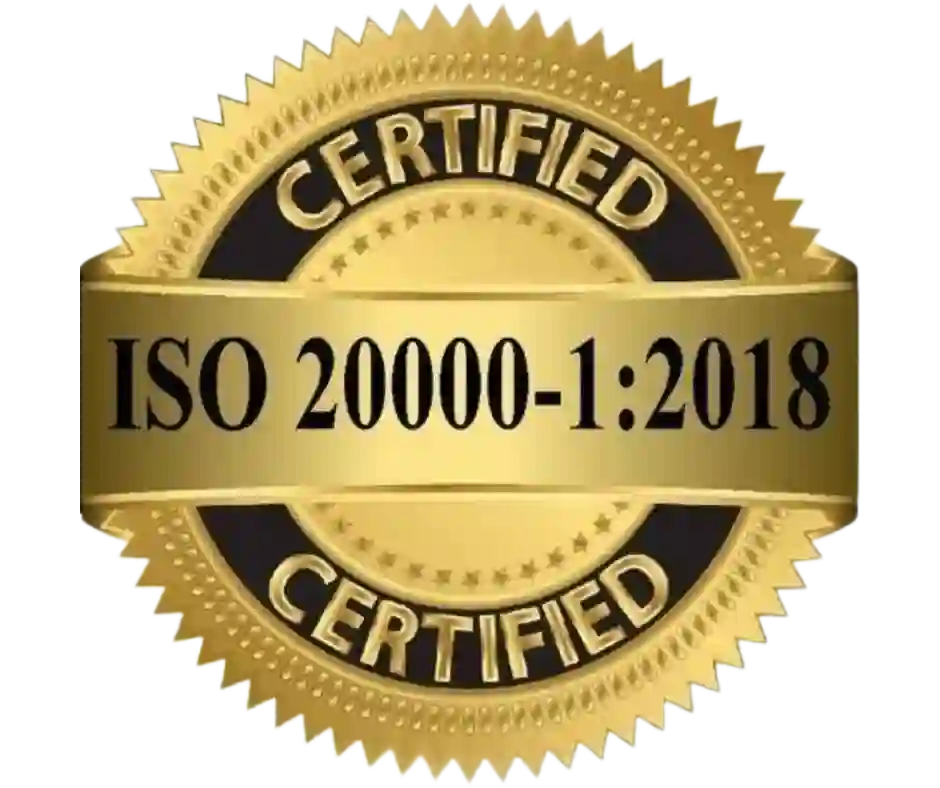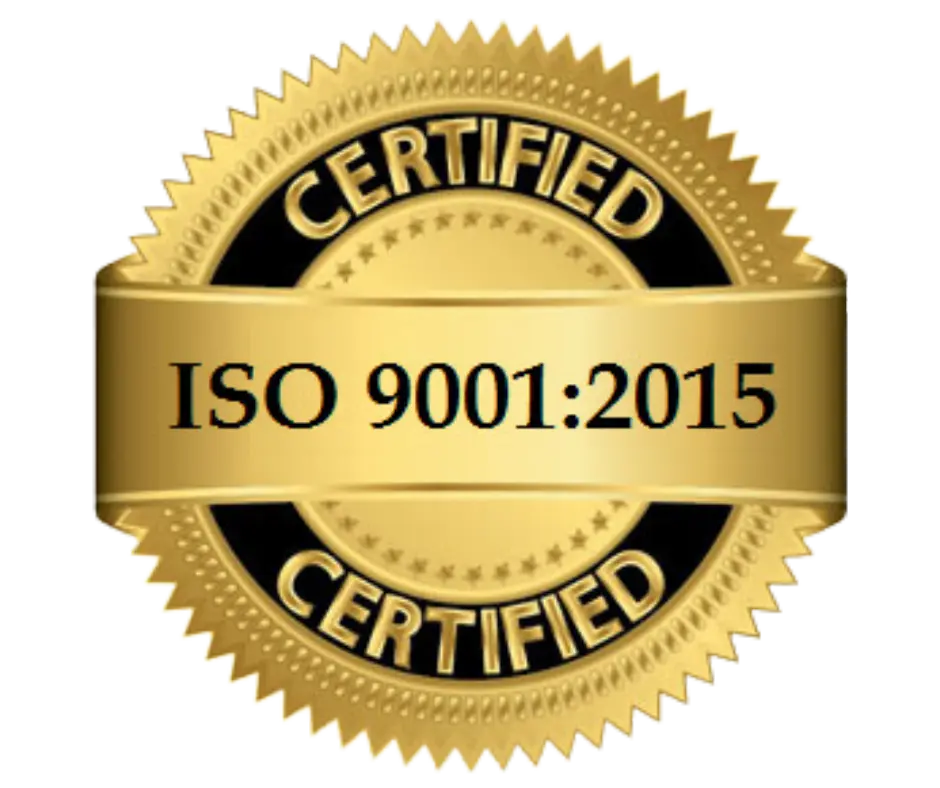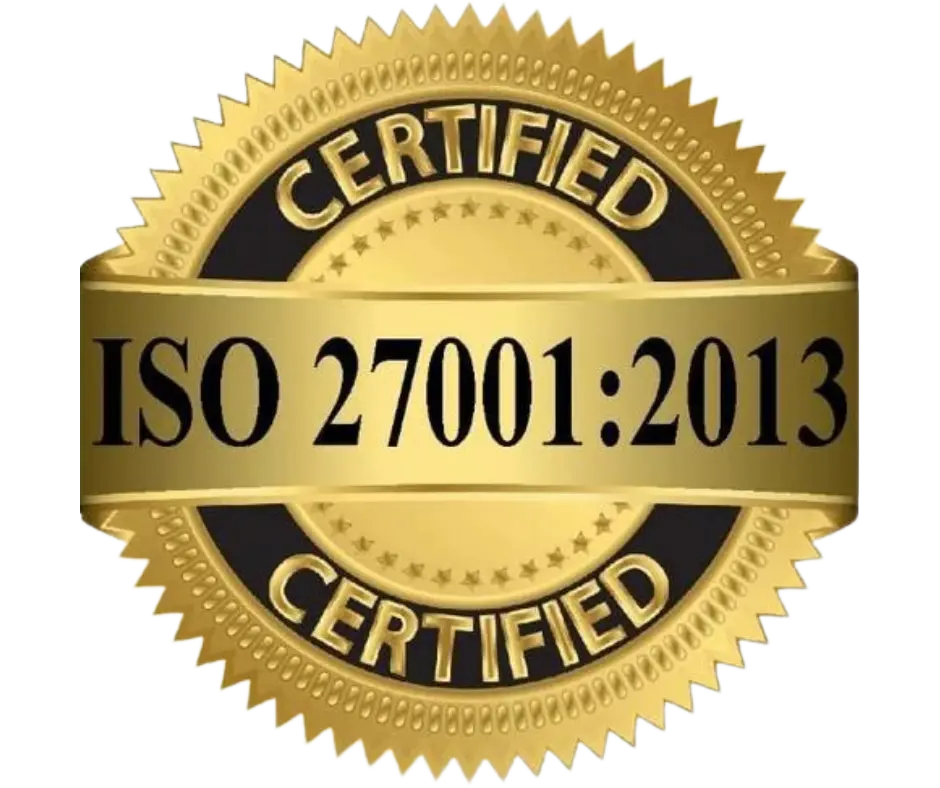Think back to the last time you read an e-book, made to-do lists for work, or booked a flight online. Anything that creates a utility can be termed a product – even the screen you are viewing this article on right now is a product, though physical.
While the success stories of big businesses and their products fascinate people, have you ever wondered how they have created something you can interact with? Behind the scenes, all companies follow a detailed product development process. This process combines ideas, research, design, engineering, testing, and marketing to create a product that meets and satisfies users’ needs.
What is the product development process?
Creating a new product depends on multiple factors, including the problem it will address, the market it will target, the category it belongs to, and how or when we wish to prioritize it. Thus, the process of product development is the journey of a product from ideation to sale.
Why do businesses need it?
This procedure enables you to fully comprehend the product, define the problem for which the solution is developed, and test it out rapidly to determine its market viability and user-friendliness.
TechVariable’s view on product development
At TechVariable, our customers are our primary focus for developing any product. We aim to deliver premium quality work in collaboration with integrity and purpose for the utmost efficiency. As a result, establishing the end-to-end lifecycle for our customers involve all the stages necessary to take an idea from conception to market, including comprehending the problem, conceiving it, designing the product, prototyping, engineering, testing, and user feedback.
We have grown from building generalized products to building expertise products around health tech specifically for US and Canadian markets for regulations and standards. The healthcare sector has recently experienced exponential expansion from a technology and digital perspective. It has since emerged as one of the most important markets for product development companies worldwide. At TechVariable, as a product innovation agency, we are happy to support our clients in their ascent to new heights.
The product development process TechVariable adopts
There are multiple approaches created via different frameworks that we can follow. They are all designed to construct a seamless new product development process. Usually, it depends on the product and level of comfort you want to create among the team.
TechVariable uses a more natural and mixed process to generate creative ideas and resolve the targeted problem. It always depends on the team working together with our numerous clients. Yet, as a typical procedure, we adhere to a hybridized version of the SDLC and product development.
- Understanding the requirements
The team familiarizes themselves with the client’s needs, the problems the client seeks to solve, and the fundamental requirements and scope. This entails working closely with them. The team better understands the problem statement by getting to the bottom, making no assumptions, and working up to the suggested solution. This is the stage where the team is open and invites thoughts in.
- Research and conceptualization
At this step, the team works to support their hypotheses with market, industry, and competitor research. All of this analysis is then applied to the planning and sketching out of a single or more requirements papers, initiating the transformation of concepts from ideas.
- Product design and prototyping
During this stage, designers and engineers create wireframes, MVPs, and a project blueprint. They are checked against all parties’ expectations, with the end user as the primary stakeholder.
- Prototype testing and Implementation
This is one of the actions the team does to boost productivity. During Implementation, the team uses agile development to create the product, allowing them more opportunities to continuously solicit feedback from all parties involved.
- Testing, QA, and feedback
This is one of the most critical post-developmental stages for testing against various criteria that clients have already established, such as their general expectations, etc. This is also a stage where the team solicits user feedback on their system by making alpha and beta versions available.
- Deployment and maintenance
This is the phase in which the product is deployed, maintained, and updated. Adding new features or addressing problems are examples of maintenance activities.
- Referrals and support
TechVariable is a product creation and development firm. We view ourselves as strategic partners and assist clients using our connections and knowledge.
The teams involved
This is a very raw glimpse of how the product development process works on a broader scale. Knowledge about the team involved in managing such a collaborative process is equally important compared to the process. With the commonly known teams of engineering, marketing, and sales, product-led teams also require –
- Product team
The product team comprises the product manager, owner, and scrum master. They all collaborate closely with the other teams throughout the product’s life cycle. Their role is to recognize product opportunities, make choices that will influence the entire process, and contribute to formulating the product vision.
- Design team
Design teams remain one of the most critical aspects of product development. They assist us in expediting our prototype and development while ensuring we fulfill user and current industry standards.
Conclusion
The above roles and procedures help make the product development approach more thorough. Direct development without sufficient research may not be the best course of action as the product could be unsuitable for the market and can waste resources. Each process framework aims to transform an idea into a usable product for everyone. These may change and adapt according to your goals, your team, and the product you are working on. Still, these are fundamental foundations that, in most cases, will help you accomplish your product objectives.








